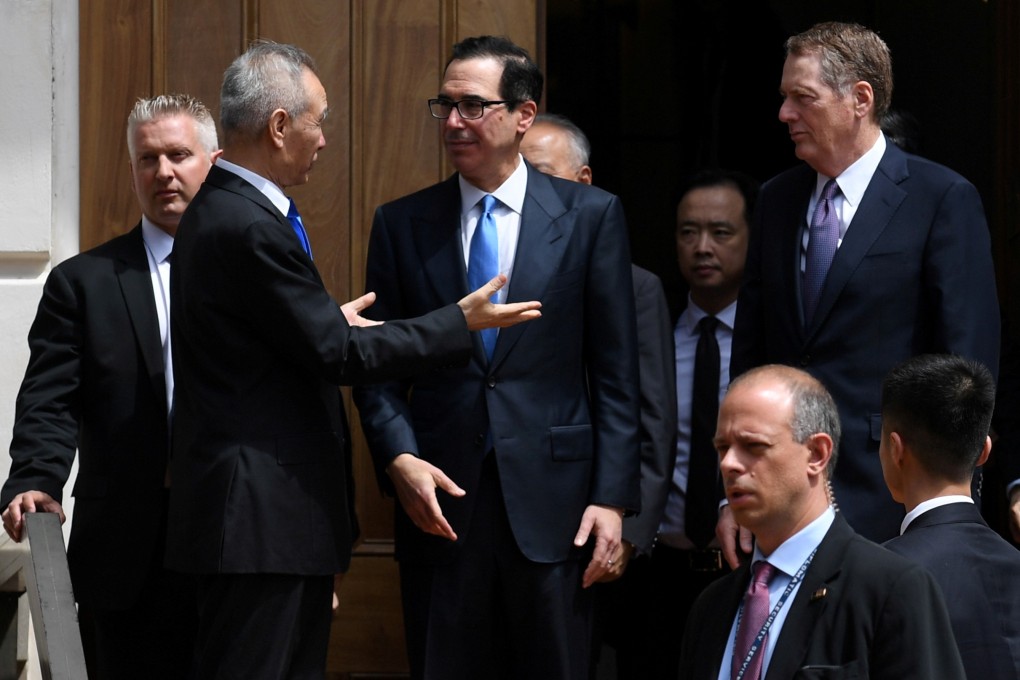Advertisement
China says ‘trade war is not over yet’ ahead of phase one deal signing that is just the ‘first round of a game’
- Taoran Notes, a social media account affiliated with the official Economic Daily newspaper, said that it is ‘just the first round of a game’
- On Thursday, China finally confirmed Vice-Premier Liu He would travel to Washington on Monday to sign the phase one deal during a three-day trip
Reading Time:4 minutes
Why you can trust SCMP

Breaking a virtual silence ahead of this week’s anticipated signing of the phase one trade deal with the United States, a social media account linked to the Chinese government has issued a note of caution by saying that the “trade war is not over yet” and that it is “just the first round of a game”.
Taoran Notes, which is affiliated with the official Economic Daily newspaper that is used by Beijing to manage trade talk expectations, published its first piece for two months on Monday, saying the deal set to be signed in Washington this week is just “the first step to solve a problem”.
“We must bear in mind that the trade war is not over yet – the US hasn’t revoked all its tariffs on China and China is still implementing its retaliatory measures. There are still many uncertainties down the road.”
Advertisement
It added that the broad meaning of reaching a trade deal is to find an approach to solving China-US disputes in other areas.
The US hasn’t revoked all its tariffs on China and China is still implementing its retaliatory measures. There are still many uncertainties down the road
After the two countries announced the agreement of an interim truce in middle of December, China’s Ministry of Commerce finally confirmed on Thursday that Vice-Premier Liu He would travel to Washington on Monday to sign the phase one deal during a three-day trip.
Advertisement
Advertisement
Select Voice
Choose your listening speed
Get through articles 2x faster
1.25x
250 WPM
Slow
Average
Fast
1.25x